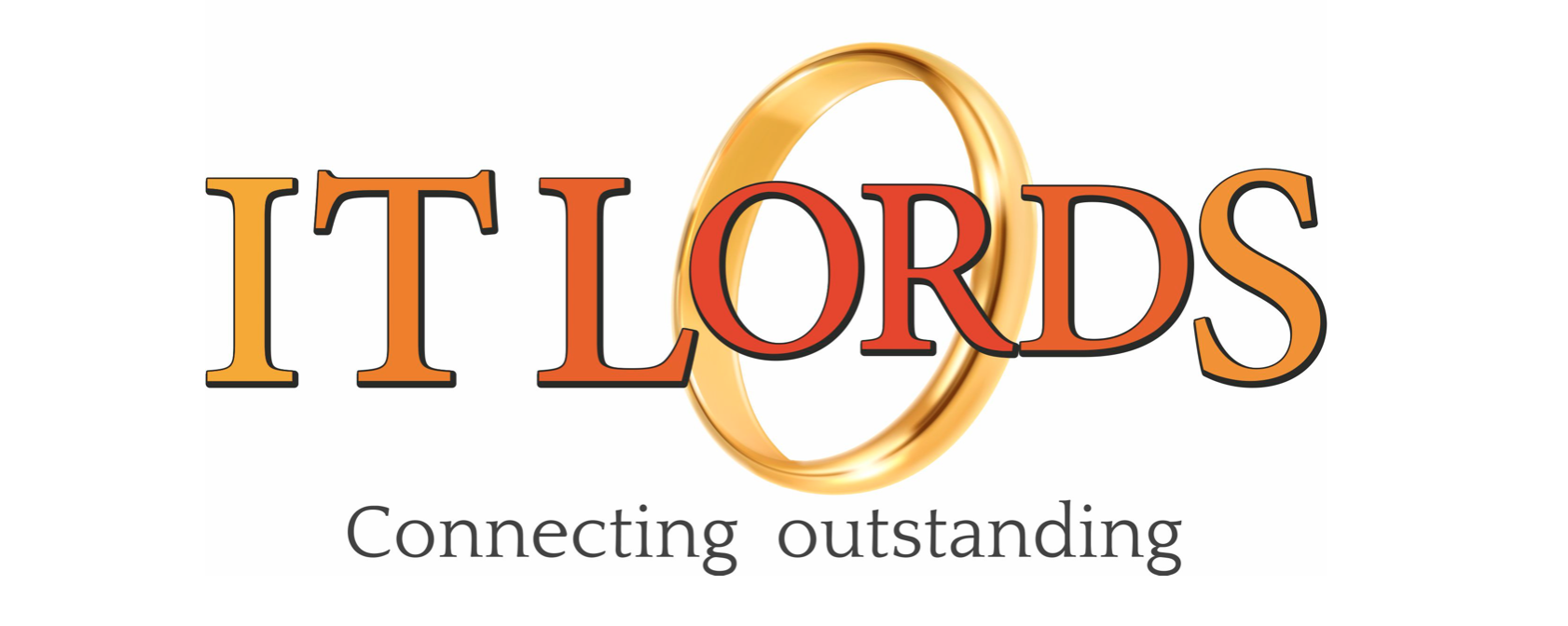
Business Objective
The Customer – the first Online Bank in Germany – aimed to modernize its digital banking services and implement an advanced fraud prevention system using machine learning.
The key objectives included:
- Enhancing security to safeguard the bank and its customers from financial threats.
- Creating a seamless and user-friendly banking experience.
- Implementing a machine learning-powered fraud detection system to predict and prevent fraudulent activities in real time.
Solution
A dedicated development team was assembled to build and integrate an AI-driven digital banking platform. The solution featured:
- Seamless User Experience: Optimized interface for secure and intuitive banking interactions.
- Enhanced Banking Services: A modernized digital banking platform designed for efficiency and convenience.
- AI-Powered Fraud Prevention: A real-time machine learning model capable of detecting and mitigating fraudulent transactions.
Results
The digital platform successfully enhanced the Bank’s services, significantly improving user engagement and operational efficiency. The integrated fraud prevention system provided real-time fraud detection, minimizing financial losses and increasing overall security. The solution contributed to a more secure, efficient, and customer-centric banking experience, reinforcing the Bank’s position as an innovator in the digital banking industry.
Cooperation lasted for 6 years with a team of up to 28 engineers.
Tools & Technologies
Project Management:
- Agile Methodologies: Scrum, Kanban
- Project Management Tools: Jira, Asana
- Collaboration Tools: Slack, Microsoft Teams
- Documentation: Confluence
Business Analysis:
- Requirement Gathering: User Stories, Use Cases
- Data Modeling: ER Diagrams, UML
- Process Modeling: BPMN, Flowcharts
- Collaboration Tools: Jira, Miro, Confluence
Backend Development:
- Programming Languages: Ruby, Java, Python
- Frameworks: Ruby on Rails, Spring Boot, Django
- Databases: Oracle Database, MySQL, PostgreSQL
- Web Services: RESTful APIs
- Authentication and Authorization: OAuth 2.0, JWT
- Message Brokers: RabbitMQ, Apache Kafka
Frontend Development:
- Programming Languages: HTML5, CSS3, JavaScript (ES6+)
- Frameworks: React, Angular, Vue.js
- State Management: Redux, MobX
- UI Component Libraries: Material-UI, Ant, Design
- Build Tools: Webpack, Babel
- Testing Frameworks: Jest, Enzyme
Mobile Development:
- Platforms: iOS, Android
- Cross-platform Frameworks: React Native
- UI Frameworks: UIKit (iOS), Jetpack Compose (Android)
- Testing Frameworks: XCTest, Espresso
DevOps:
- Version Control: Git, Bitbucket
- Continuous Integration and Deployment: Jenkins, GitLab CI/CD, Docker, Kubernetes
- Configuration Management: Ansible
- Cloud Platforms: AWS, Microsoft Azure
- Monitoring and Logging: ELK Stack (Elasticsearch, Logstash, Kibana), Prometheus, Grafana
- Containerization: Docker, Kubernetes
Machine Learning:
- Data Collection and Preparation: Apache Kafka, Apache Nifi
- Data Storage: Apache Hadoop, Apache Hive
- Data Processing: Apache Spark, Apache Flink
- Data Warehouse: Snowflake
- Machine Learning Framework: Amazon SageMaker
- Machine Learning Models: Logistic Regression, Random Forest, Gradient Boosting
- Feature Engineering: Pandas, NumPy, scikit-learn
- Anomaly Detection: Isolation Forest
- Deep Learning: Neural Networks, Convolutional Neural Networks (CNN), Recurrent Neural Networks (RNN)
- Model Evaluation: Precision, Recall, F1-Score, Receiver Operating Characteristic (ROC) Curve
Quality Assurance:
- Testing Frameworks: Selenium, Cypress, JUnit
- Test Automation Tools: Jenkins, GitLab CI/CD
- API Testing: Postman, SoapUI
- Performance Testing: JMeter, Gatling
- Code Quality Tools: SonarQube, ESLint
- Test Management: TestRail
